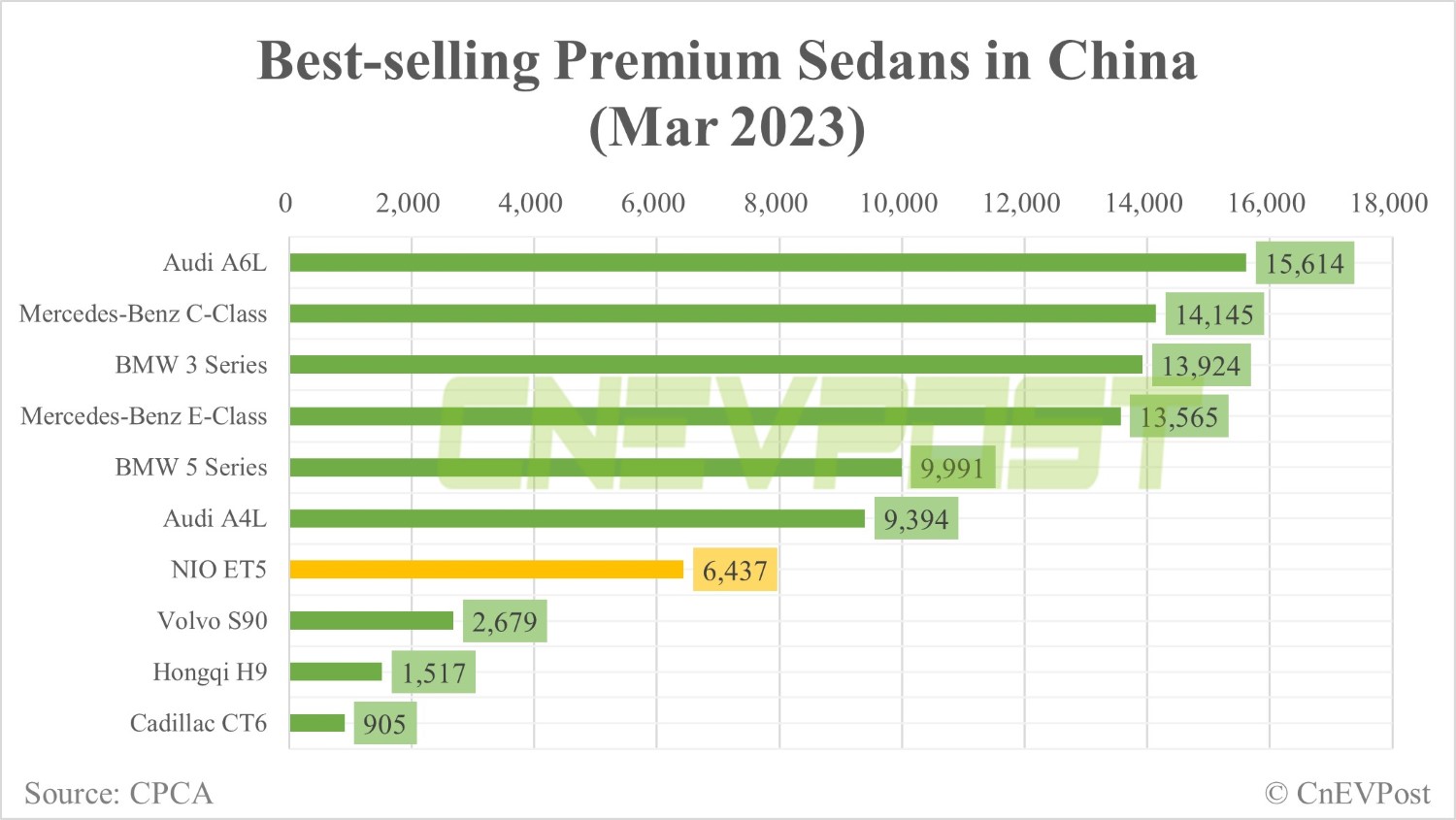April was the first full month of deliveries for Li Auto's cheaper five-seat SUV, the Li L7. | Li Auto US | Li Auto HK

Li Auto (NASDAQ: LI) saw record deliveries last month as the new, cheaper SUV, the Li L7, began to contribute significantly to sales.
The Chinese automaker delivered 25,681 vehicles in April, another monthly high while surpassing the 20,000-delivery mark for the second consecutive month, according to data released today.
This represents a 516.29 percent increase over the 4,167 units delivered in the same month last year and a 23.33 percent increase over the 20,823 units delivered in March.
As of the end of April, Li Auto has delivered a total of 335,599 units since its inception.
"We are pleased to have delivered over 10,000 Li L7s in its first full month of deliveries, establishing the vehicle as a preferred choice among five-seat premium SUVs for Chinese families while marking the first time a Chinese branded five-seat SUV priced above RMB300,000 has achieved this monthly delivery milestone," said Li Xiang, chairman and CEO of Li Auto.
"Regarding autonomous driving, we expect to release the city NOA for beta testing in Li AD Max 3.0 this quarter and target to roll out in 100 cities nationwide by the year end," he added.
Li Auto's three models currently on sale -- Li L9, Li L8 and Li L7 -- are extended-range electric vehicles (EREVs), which are essentially plug-in hybrids.
The big selling point of these models is that they don't have the range anxiety of battery electric vehicles (BEVs), as they can be charged as well as refueled.
Li Auto launched the Li L7, its first five-seat SUV, on February 8.
The Li L7 is the least expensive of its product array, with Pro as well as Max versions starting at RMB 339,800 ($49,160) and 379,800 respectively. The Li L7 has a lower-priced Air version available, starting at RMB 319,800.
Deliveries of the Li L7 Pro and the Li L7 Max begin on March 11, and deliveries of the Li L7Air begin in late April.
Li Auto also launched an Air version of the Li L8 alongside the Li L7 at a starting price of RMB 339,800. The Li L8 was previously available in Pro and Max versions at RMB 359,800 and RMB 399,800 respectively.
The Li L9 is currently only available in Max version with a starting price of RMB 459,800.
In terms of product planning, Li Auto aims to create a model portfolio of one super flagship, five EREVs and five BEVs by 2025 to meet the diverse needs of families in the price range of 200,000 yuan and above, Li said.
As of April 30, the company had 302 retail stores in 123 cities and 318 service centers and Li Auto-authorized body and paint stores in 222 cities.
($1 = RMB 6.9121)
Li Auto CEO predicts China NEV penetration to exceed 80% by Dec 2025
The post Li Auto delivers record 25,681 vehicles in Apr, Li L7 delivers over 10,000 appeared first on CnEVPost.
For more articles, please visit CnEVPost.





























